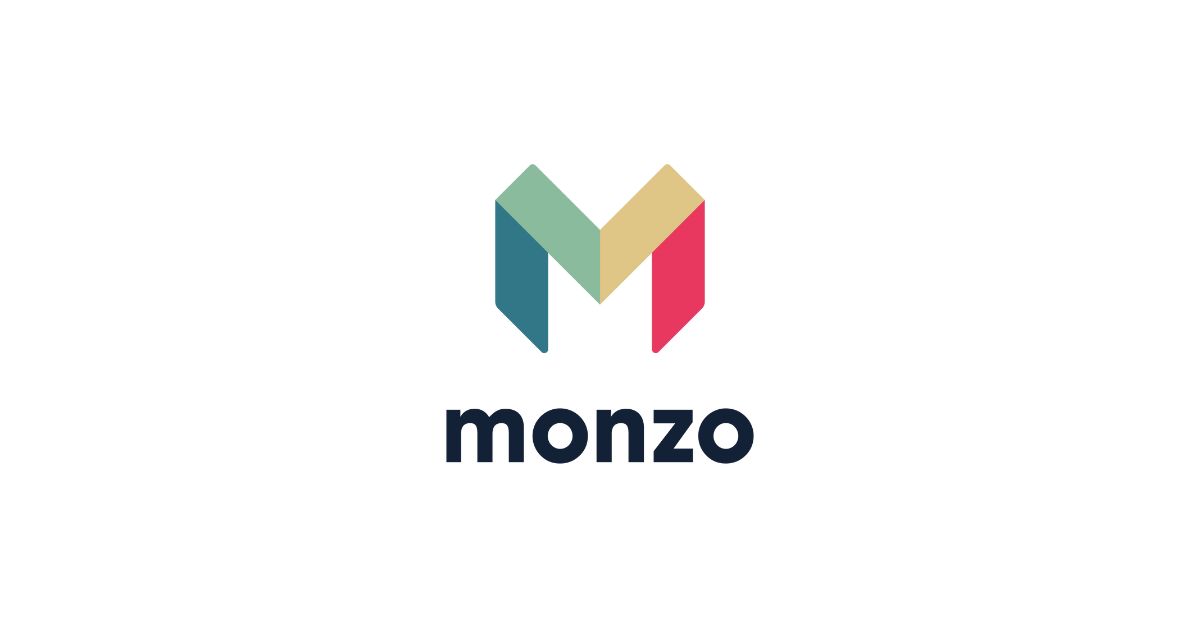Embedded Banking vs Open Banking: What’s the Difference?

The financial industry has witnessed significant growth over the years, with two groundbreaking concepts at the forefront: Embedded banking and Open banking. Both these frameworks are reshaping how consumers and businesses access financial services, yet they operate on different premises. This article will discover the nuances of Embedded banking vs Open banking, detailing the key aspects that distinguish the two models.
While Embedded banking streamlines the financial experience by incorporating banking functionality directly into other business services, Open banking hinges on the openness of banking data and infrastructure to promote innovation and competition among service providers. With Embedded banking, customers can, for instance, apply for loans, make payments, or manage finances within platforms they use daily without direct interaction with banks. On the other hand, Open banking encourages a transparent financial market where customers benefit from a plethora of services tailored to their unique financial situation made possible by sharing their data securely and with consent.
As these two concepts continue to mature, the lines between traditional banking services and everyday financial operations blur, paving the way for a more accessible and user-friendly financial ecosystem. The push towards Embedded banking signifies the next step towards ubiquitous banking experiences, where financial operations do not interrupt, but rather complement consumer activities. In parallel, the Open banking initiative is transforming the role of data in finance, making it a catalyst for personalized financial solutions that can cater to individual consumer needs outside the confines of their bank’s offerings.
What is Embedded Banking?
Embedded banking refers to the integration of financial services into non-financial environments. Simply put, it implies that banking services, such as payment processing or lending, are offered within the context of another service or product. This delivery model enables consumers to perform financial transactions seamlessly during their regular interactions with a business, without needing to visit a bank or use its app directly.
Within the framework of Embedded banking, businesses can incorporate financial functions such as offering loans, accepting payments, and managing funds directly within their customer-facing applications. This seamless approach means that when a customer is shopping online, for example, they can apply for credit, set up an installment payment plan, or use the direct debit facility without having to interact with the financial institution independently. The goal of Embedded banking is to create a fluid financial experience that is essentially invisible to the user, woven into their everyday activities and interactions with brands they trust.
Moreover, Embedded banking extends beyond just retail scenarios. It also encompasses services like embedded insurance and automated tax preparation within business software. By reducing friction in financial transactions and embedding these services directly into the user experience, customer satisfaction improves because of the added convenience and companies benefit from the additional revenue streams and decreased abandonment rates. Essentially, Embedded banking transforms the way traditional banking services are offered and consumed, building a more integrated financial environment for consumers and businesses alike.
What is Considered Open Banking?
Open banking is a system where banks open up their APIs (Application Programming Interfaces) to third-party developers. This facilitates the creation of new apps and services centered around financial transactions and data. Open banking is driven by the principle of giving consumers more control over their financial data, empowering them to choose how and with whom they want to share this information to access more personalized services.
It isn’t just about sharing data; open banking also enables banks to provide a framework that supports financial innovation and competition. With the advent of open banking, traditional financial institutions are encouraged to update their business models, offer better products, and enhance their customer experience. In essence, it’s a shift towards a more democratized financial services landscape where consumers can benefit from tailored services and a transparent banking ecosystem.
The ethos of open banking is consumer-centric, focusing on providing users with the agency to shape their own financial health. This approach not only boosts user engagement but also fosters a collaborative space where banks and fintech startups can co-create solutions that were not possible in a closed banking system. As a result, end-users enjoy advanced service personalization and a full view of their financial status, which could potentially lead to more informed financial decisions.
How Do Open APIs Enable Open Banking?
Open APIs are the cornerstone of Open banking. They enable third-party developers to build applications and services that can leverage a bank’s data and functionality. By doing so, APIs foster a diverse range of financial products, cater to specific consumer needs, and promote a more competitive environment in the financial sector.
By granting secure access to financial data through these APIs, Open banking allows developers to create tailored financial solutions that can be directly integrated into a user’s banking experience. This could include budgeting tools, investment services, or even personal finance management apps, which all operate with the user’s financial information in a transparent and controlled manner. Moreover, this access encourages innovation within the industry, as it lowers the barriers for entry for new players and stimulates a culture of continuous improvement.
Furthermore, Open banking facilitated by open APIs is not just beneficial for enhancing existing services but also for implementing new ones. Financial institutions can collaborate with tech startups and other non-banking entities to broaden their service offerings. As a result, customers experience increased convenience and personalization, thanks to the seamless integration of banking functions into their daily app use, including social media, retail, and other digital services where they spend their time.
What is the Difference Between Open Banking and Embedded Banking?
The principal distinction between Open banking and Embedded banking lies in their operational focus. Embedded banking aims to make financial services available where the customer already is, thus emphasizing convenience and contextuality. In contrast, Open banking focuses on data transparency and consumer control, ensuring that customers can access a wider array of bespoke financial services across various platforms.
Moreover, the approach to customer interaction is notably different. With Embedded banking, the process is deeply integrated into the user’s existing environment, such as within a retail shopping experience or through a ride-sharing app. The customer may not even be aware that they are dealing with a banking service, as it’s woven into the fabric of another activity. On the other hand, Open banking requires customers to actively engage with their financial data, granting permissions to third-party services for utilities like account aggregation or personalized financial advice.
Another key difference lies in the way these systems approach innovation. Embedded banking is largely powered by businesses seeking to add value to their existing offerings or to streamline their operations, often resulting in more contextual financial services. Open banking, however, thrives on an ecosystem of developers and fintechs who create diverse applications addressing specific financial needs or gaps in the market. This can lead to a broader spectrum of financial tools and more rapid innovation due to the competitive nature of an open market.
How Open Banking Will Help Financial Institutions?
Open banking is advantageous for financial institutions as it fosters an environment of innovation and progressive collaboration. By embracing the principles of open APIs, banks can develop cutting-edge products that address a diverse array of customer demands. Partnering with fintech companies allows established banks to inject a fresh perspective into their service offerings, thereby maintaining their relevance in a rapidly changing financial landscape.
In addition to the potential for enhanced products and services, Open banking also enables financial institutions to gain deeper insights into customer behavior. Through shared customer data (with consent), banks can analyze spending patterns, preferences, and financial habits. This intelligence allows for the creation of more personalized and efficient services that align closely with what customers truly want. The collaboration with third-party developers serves not only to enhance consumer satisfaction but also to streamline financial operations, reduce costs, and improve overall risk management.
By joining the Open banking movement, financial organizations can offer a comprehensive suite of services that are more accessible and user-friendly. The traditional boundaries that once confined banking activities are now expanding, giving customers the ability to carry out transactions and manage their finances with newfound agility. As financial institutions break down silos and connect with a broader financial services network, they stand to become more integral parts of their customers’ lives, thereby fostering loyalty and driving business growth.









